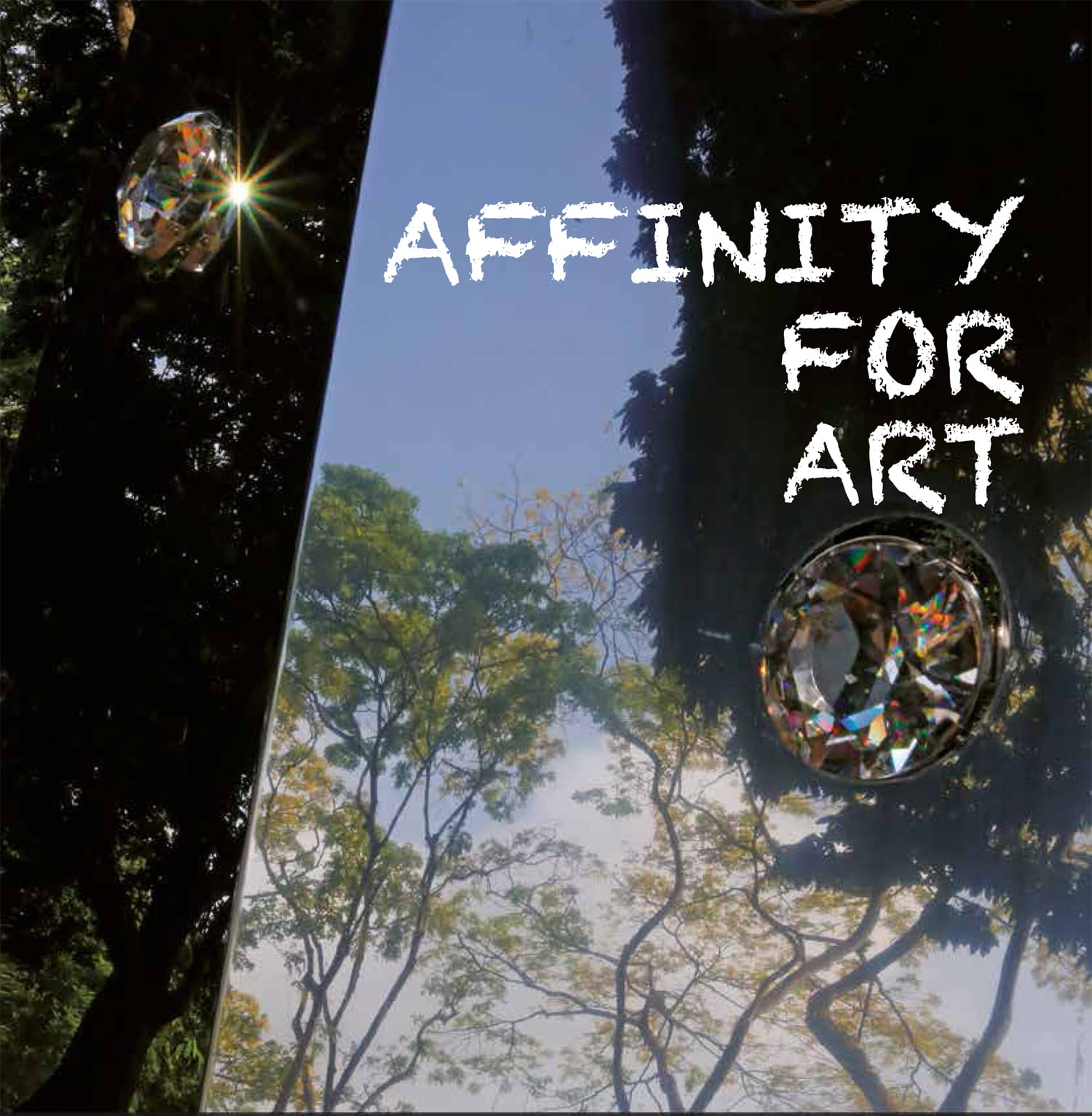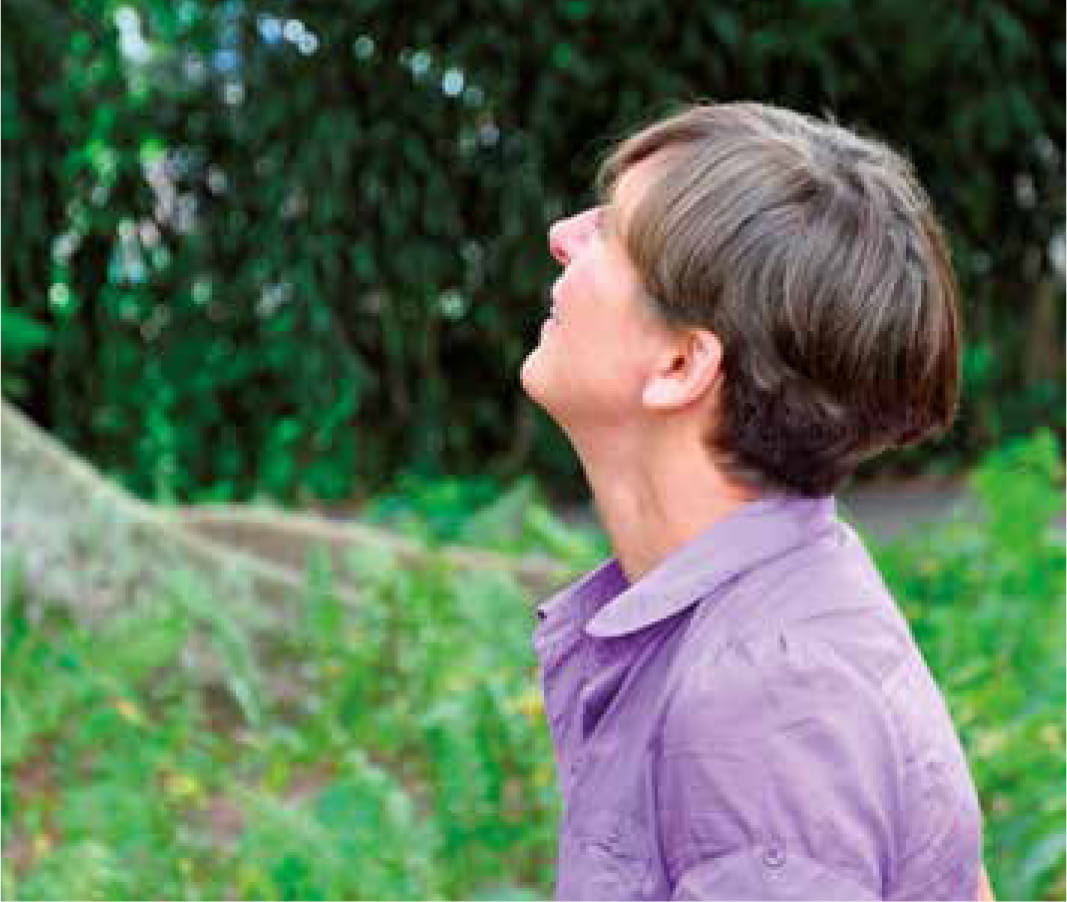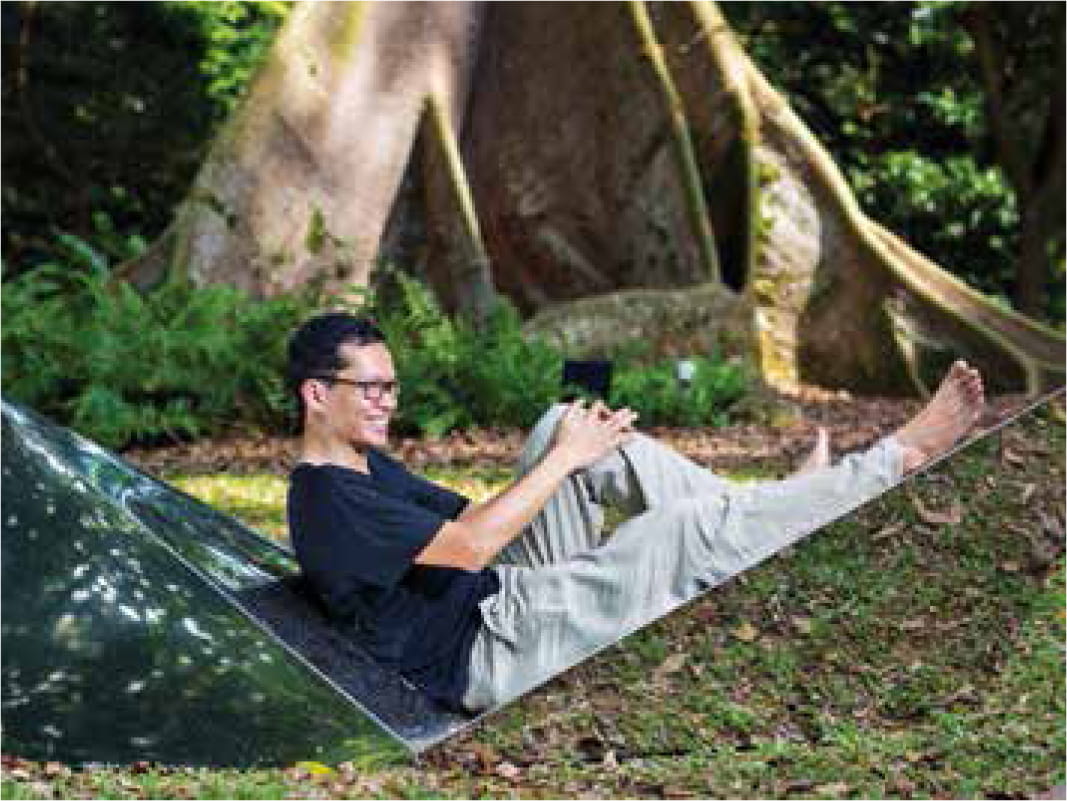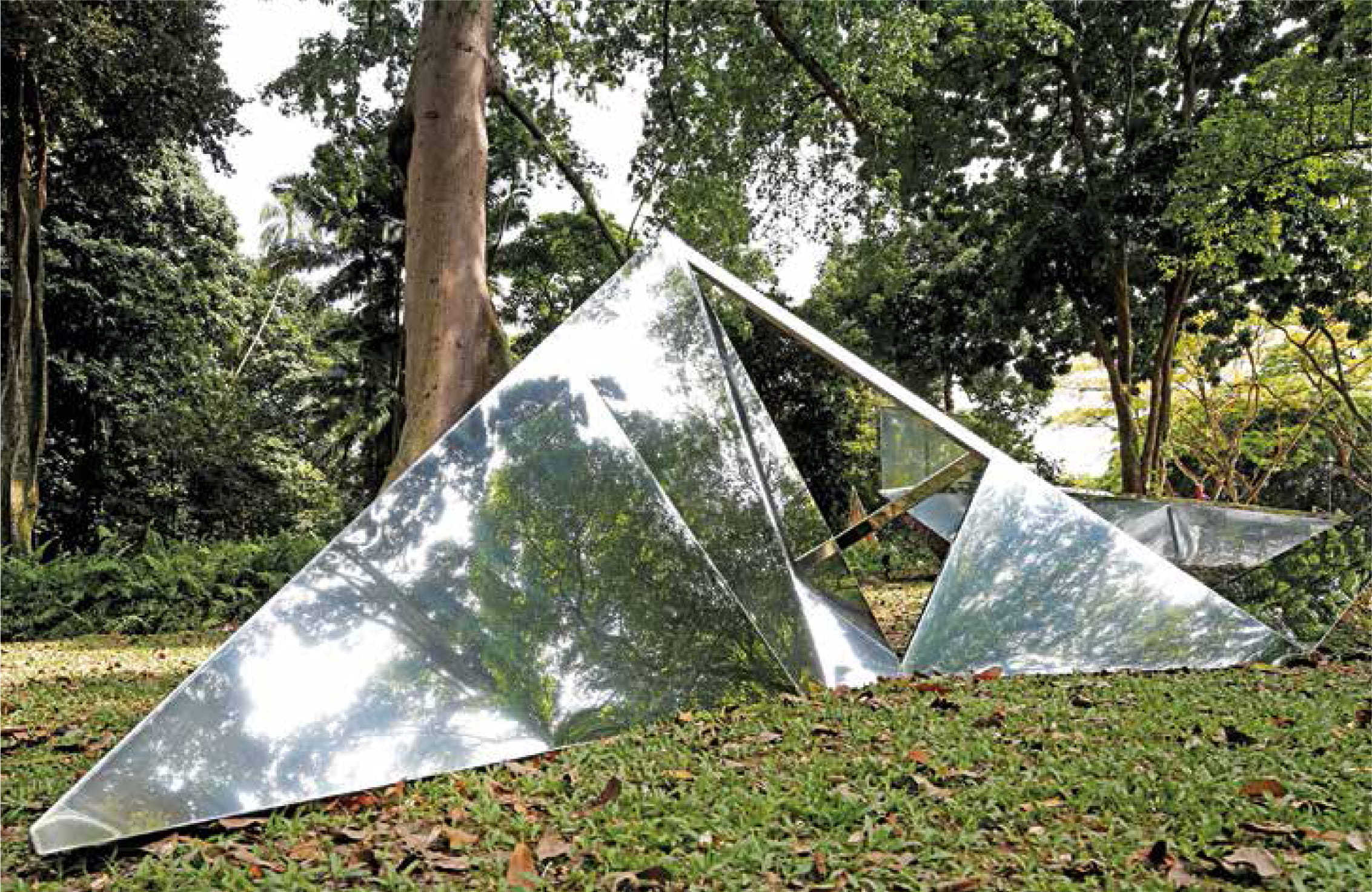Stories > Affinity For Art
Affinity For Art


Artists Randy Chan and Philippa Lawrence, as cultural ambassadors connect hearts and minds, and build bridges between Singaporean and British communities.
By Jaya Prakash & Leela Jesudason
hrough the power of art, artists have become an important alternative lens through which to connect with communities, offering an educational and experiential channel through the exchange of ideas and perspectives for greater interaction, collaborations and ultimately, the promotion of stronger cross-cultural understanding.
The soundtrack to this initiative is the Singapore International Foundation (SIF) and British Council’s (BC) Artist-in-Residence Exchange programme (SIF-BC AiRx); an annual residential and cultural immersion programme aimed at promoting cross-cultural understanding between the Singaporean and British communities. It culminates with the pair of SIF-BC AiRx participants (a Singaporean and British artist pair) collaborating on works that reflect insights gained and their experiences during the residency programme.
An exchange between countries through arts is an intimate one. It is one which requires the artists to access the heart and soul of a community through people-to-people interaction. Apart from having good knowledge and perspective of the world, the artist must also have an open mind, curiosity and humility to understand and engage, towards building relationships across cultures and borders.

Philippa Lawrence found the residency inspiring.
“The purpose of the installation is to provide an interface: a common boundary between systems and environments, concepts and people, creating a place where ideas and matter converge, and where communication and interaction can occur across the two countries.”
— SIF-BC AiRx 2013/2014 Artist-in-Residence Philippa Lawrence, UK artist
People Places and Way of Life
Since its inception in 2011, the thrust of the SIF-BC AiRx programme has been the artful interpretation of insights of artists from both Britain and Singapore, through taking up residences in one another’s country, providing a time of meaningful reflection and exploration for a multi-layered cultural exchange and immersion experience, for the bridging of communities through arts and culture.
Now into its third year, the participants of this year’s programme are Singaporean artist-architect and British artist Philippa Lawrence.
Of the residency, Lawrence fondly recollects, “The residency period was rich and inspiring. A visit to the Singapore City Gallery was enlightening as to the history and continuing development of the country. Excursions to the new Gardens by the Bay and visiting hotels with ‘gardens in the air’ when juxtaposed against a visit to the island of Pulau Ubin gave me a very broad overview of how land has been used, developed, reclaimed and accessed. It’s also clear that the Singapore Botanic Gardens holds a very special place in the hearts of the people of the city. It is accessible and open to all.
For Chan, Lawrence’s Singaporean counterpart, the opportunity was a privilege and a great opportunity: “The experience was especially enriching as this is a residential and cultural immersion programme that provides new insights, understanding and inspiration through interaction and exchanging perspectives with the UK.”
Artful Bridge-Building
Visitors to the Singapore Botanic Gardens over the last two months might have caught a glimpse of something bright and shiny among the Kapok trees.
Placed beneath the canopy of an 80-year-old Kapok tree is ‘Angles of Incidence’ – the duo’s resulting joint venture from their respective residencies. ‘Angles of Incidence’ comprises a family of reflective multi-faceted steel structures, some patterned with crystal elements.

Randy Chan reflects on the inspirations behind his collaborative work of art.

In stark contrast to the Botanic Garden’s natural landscape, these shiny objects seemingly grow from the ground level, creeping along the base of the kapok tree. The elements making up the installation — the ramp, the fragments, shards and the pod are receptacles, each in their own way react to the surrounding. They reflect their surroundings, including the heritage tree and the nearby iconic Bandstand. Some are taller, mirroring the visitors’ reflections within the Gardens; others, like the ramp, invite visitors to engage physically with the installation. The piece is ever-changing as the work comes alive with its own narratives — creating a dynamic relationship between the installation and its environment.
How this collaborative installation came about is in itself a work of art – the art of absorbing the nuances of an environment and its people, and translating that to a physical embodiment of cultural expression.
“The purpose of the installation is to provide an interface: a common boundary between systems and environments, concepts and people, creating a place where ideas and matter converge, and where communication and interaction can occur across the two countries,” explains Lawrence.
Chan speaks of his inspirations and lessons learnt through this collaboration in that the backdrop for the installation – The Singapore Botanic Gardens, was part of the dialogue with the environment; in this case, with nature. He explained that spending time just seeing, listening, and recording how the natural elements interact was part of the incredible learning process. “It has also taught us virtues such as patience, gratitude and humility.”
“The experience was especially enriching as this is a residential and cultural immersion programme that provides new insights, understanding and inspiration through interaction and exchanging perspectives with the UK.”
— SIF-BC AiRx 2013/2014 Artist-in-Residence, Randy Chan, Singapore artist-architect
The artists had also selected the exhibition sites based on their exploration of the universal themes of heritage, memory and identity, all of which are embodied in the two historically steeped gardens. Also noteworthy is the Singapore Botanic Gardens’ bid as the country’s first UNESCO World Heritage Site.
Angles of Incidence reflects and underscores the power of art and culture in bringing people together to promote greater understanding and to build ties between Singaporeans, Britons and world communities at large.
The art work has been on display at the Singapore Botanic Gardens from 14 January to 23 March 2014, with the piece literally crossing boarders over to the UK, for a reciprocal joint exhibition at the Inner Temple Gardens in London from June this year.
